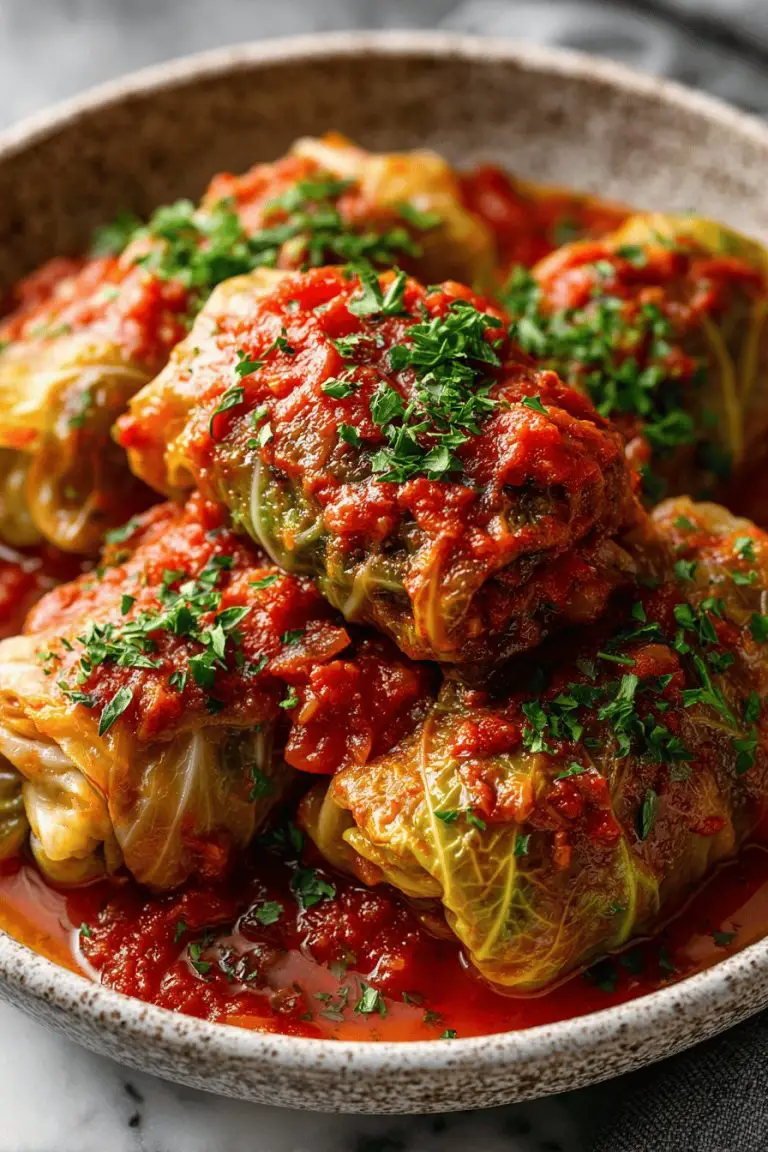Tahdig Recipe: How to Make Crispy Persian Rice at Home
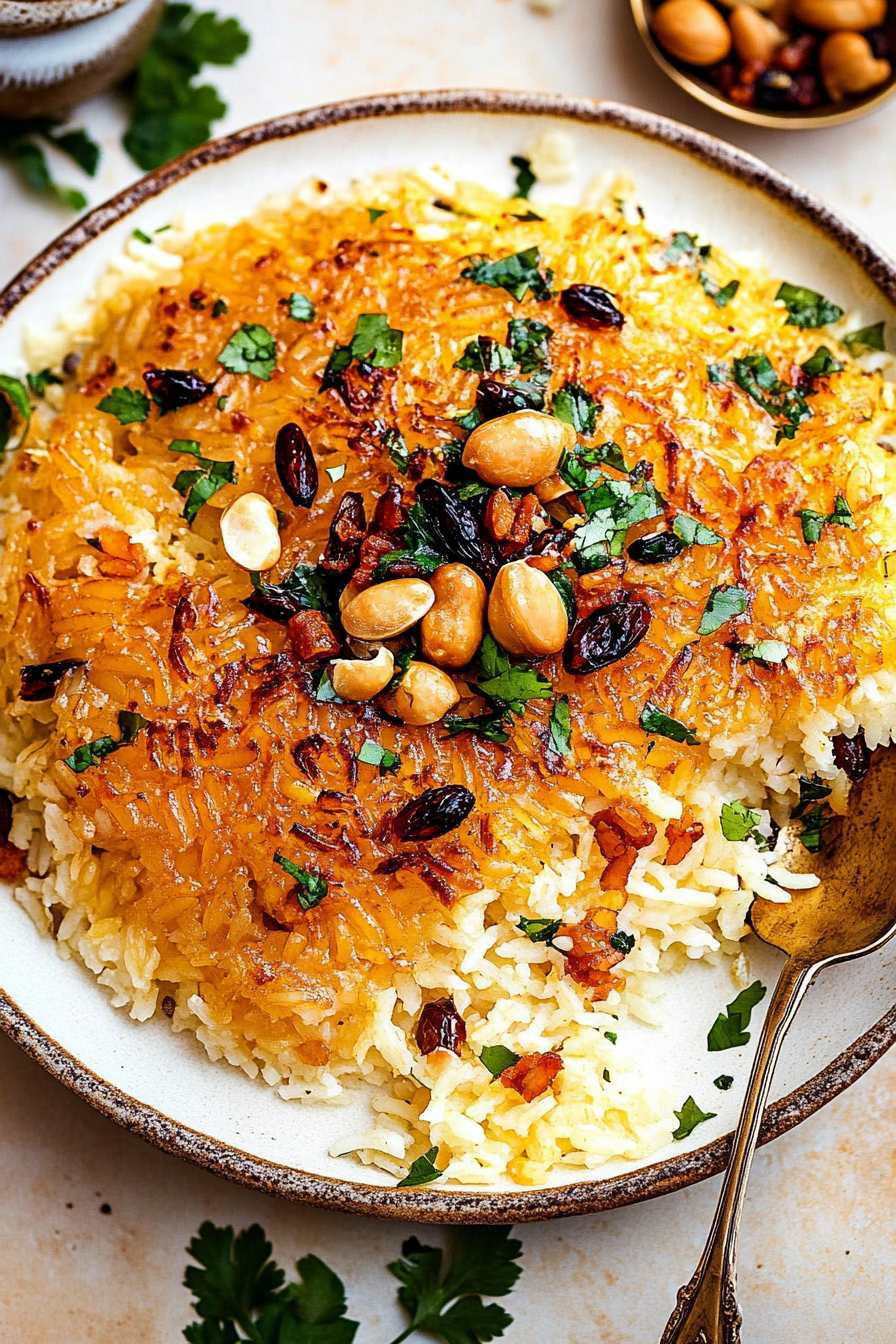
If you’ve ever wanted to bring a touch of Persian cuisine into your kitchen, learning how to make crispy rice is a delicious way to start. Commonly known as Tahdig, this golden delicacy is a staple in Iranian meals, delivering both flavor and an irresistible crunchy texture. Today, I will guide you through mastering this beloved dish with the perfect balance of crispiness and fluff.
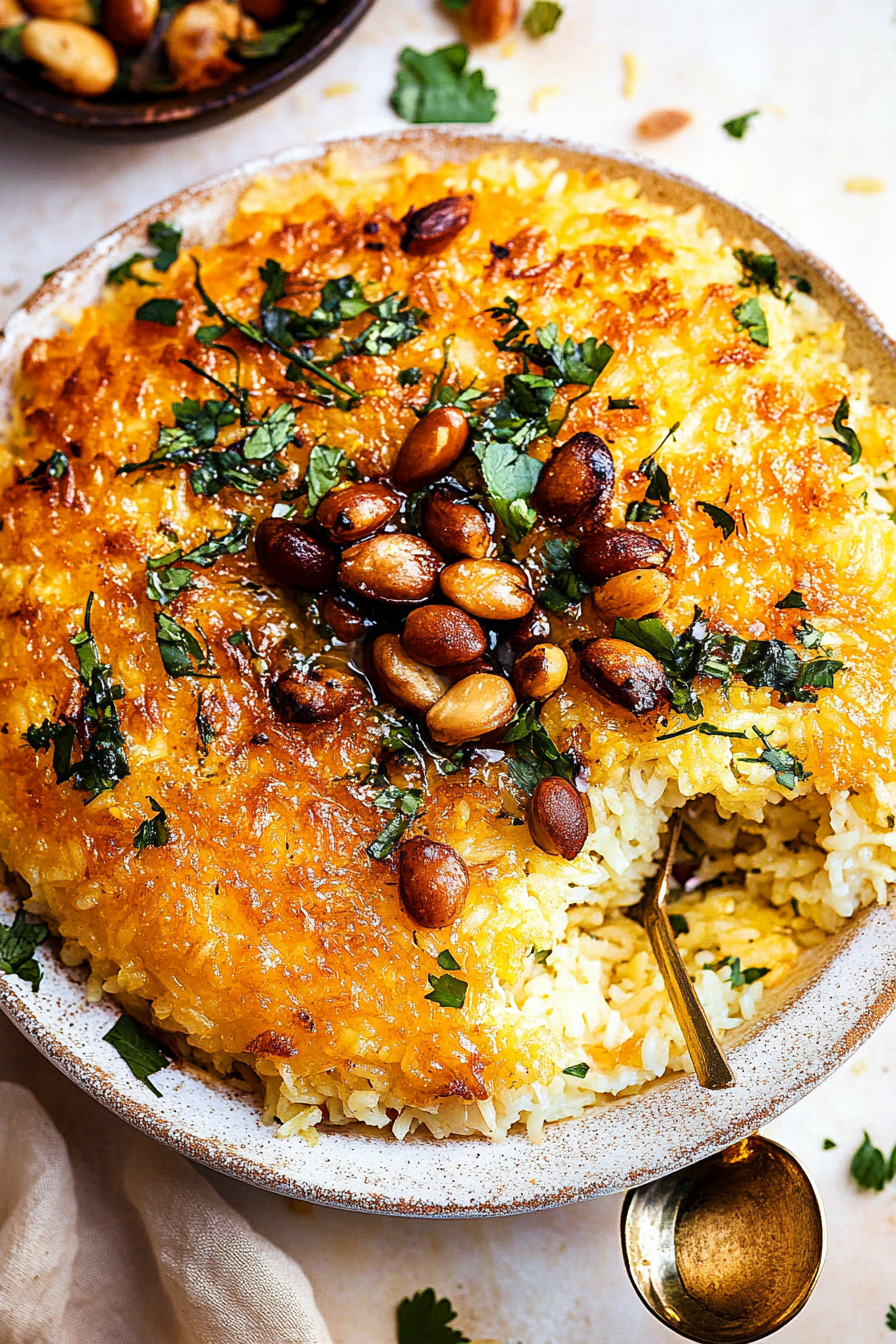
Growing up in a household where food was central to every family gathering, I remember how my grandmother used to make a big pot of rice, carefully flipping it onto a platter to reveal the golden crust underneath. Each family member eagerly awaited their share, and I would often sneak a piece long before the meal was officially served. This memory of my grandmother’s kitchen always warms my heart whenever I prepare this delightful dish, reminiscent of those cherished dinners.
Why You’ll Love This Recipe
This recipe stands out because of its simple ingredients, yet it transforms into something extraordinary with a few careful steps. The contrast between the airy basmati rice and the crunchy bottom layer creates a unique texture that’s sure to impress your taste buds. Perfect for dinner parties or quiet nights in, it’s a versatile dish that complements a range of flavors, enhancing any meal it accompanies.
Ingredients Notes
The beauty of this dish lies in its simplicity. Key ingredients include high-quality basmati rice, water, oil, and salt. For an authentic taste, sourcing Persian saffron can create a vibrant color and a distinctive fragrant aroma. If saffron is unavailable, turmeric serves as a suitable substitute. Using fresh, cold water and quality oil is essential to achieving the best version of this dish.
MORE OF OUR FAVORITE…
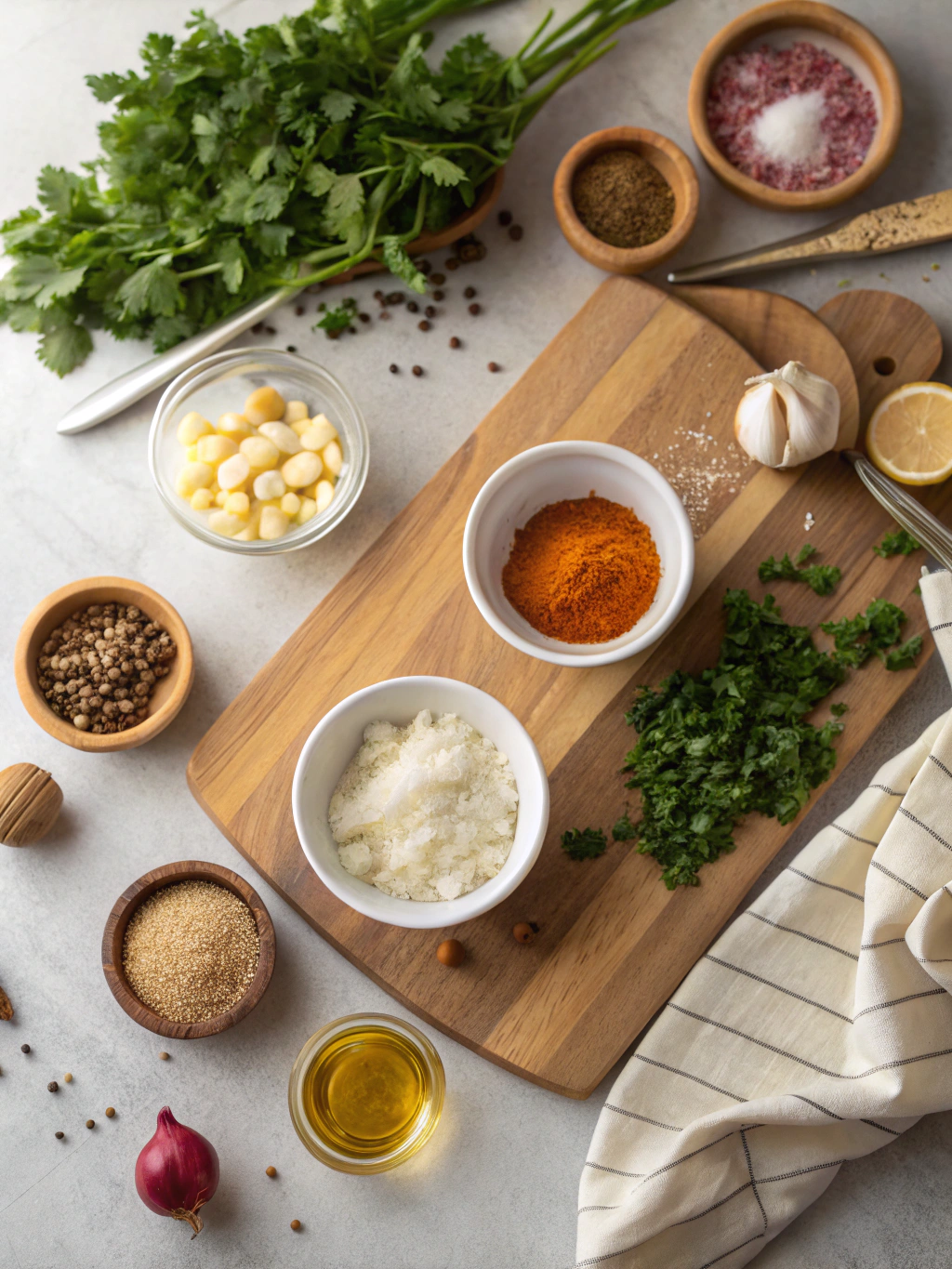
Recipe Steps
Step 1
Begin by rinsing the rice under cold water until the water runs clear. This helps remove excess starch and prevents sticking, ensuring a fluffy texture.
Step 2
Soak the rice in cold water with a bit of salt for at least 30 minutes before cooking. This soaking step is crucial for ensuring fully cooked, tender rice.
Step 3
Boil the rice in a large pot of salted water. Cook until it is slightly tender but not fully cooked, then drain and set aside.
Step 4
Heat a generous amount of oil in a non-stick skillet. Carefully layer the semi-cooked rice over the oil, pressing it down gently to form a compact layer.
Step 5
Cover the pot with a lid wrapped in a clean cloth to absorb steam. Cook on low heat until the bottom is golden and crispy, roughly 30-40 minutes. Flip onto a plate and serve.
Storage Options
Leftover tahdig can be stored in an airtight container in the refrigerator for up to three days. To reheat, place in a skillet over low heat to revive its crisp texture. Freezing is not recommended as it may affect the crunchiness, but if necessary, thaw it completely before reheating.
Variations & Substitutions
For a healthier version, opt for brown basmati rice, though patience is required during cooking as it takes longer to soften. Add a pinch of turmeric for a vibrant yellow hue, or infuse with brewed saffron for authentic flair. Consider incorporating thinly-sliced potatoes or lavash bread as a crust for an unexpected twist.
Serving Suggestions
Tahdig is versatile enough to be the star of the table or a delectable side. Serve with grilled meats, stews, or simply with a yogurt dip and fresh herbs. It pairs beautifully with traditional dishes like Fesenjan or mixed greens for a lighter fare.
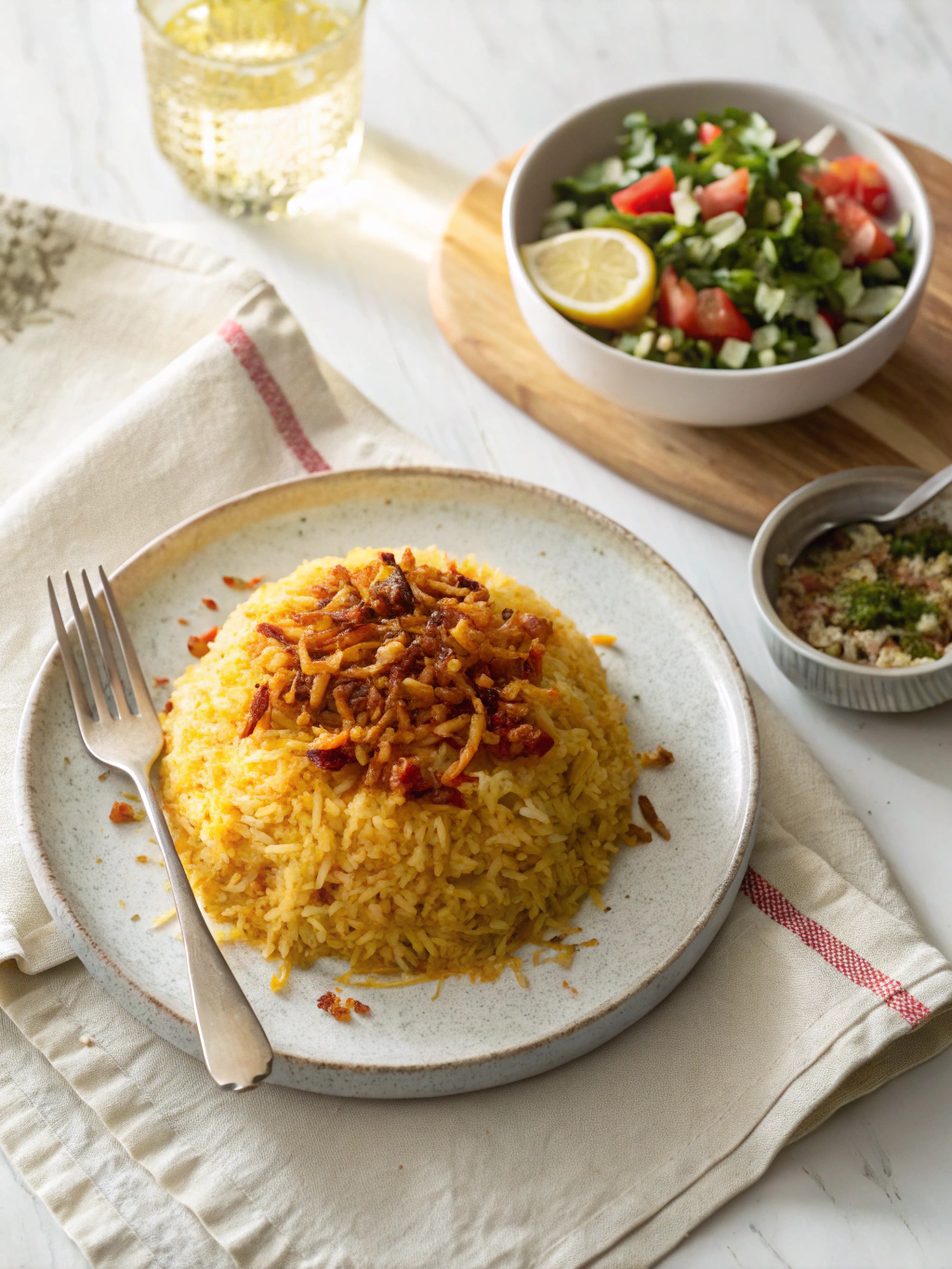
Frequently Asked Questions
Is there a trick to flipping tahdig successfully? Flipping the tahdig requires confidence and practice. Use a large, flat plate to cover the skillet’s top before inverting quickly but carefully. Ensuring the bottom is fully cooked and crispy will help it release easily.
Can I use jasmine rice instead of basmati? While jasmine rice can be used, its stickier consistency may not yield the same fluffy texture ideal for this dish. Basmati is preferred for its aroma and longer grains, which complement the crisp crust beautifully.
How do I avoid overly oily tahdig? To prevent excessive oil absorption, use a non-stick pan and ensure the pan is just coated enough to crispen the bottom without saturating the rice. Adjusting the flame to low and patience are key to avoiding an oily finish.
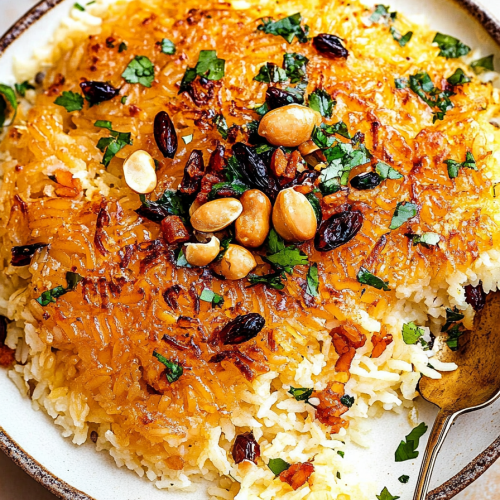
Tahdig Recipe: How to Make Crispy Persian Rice at Home
Ingredients
Main Ingredients
- 2 cups basmati rice rinsed and soaked
- 3 tablespoons vegetable oil for crispy crust
- 2 tablespoons butter
- 1 teaspoon salt
Instructions
Preparation Steps
- Rinse the rice under cold water until the water runs clear. Then soak it in a bowl of water for at least 30 minutes.
- Bring a large pot of salted water to a boil. Add the rice and parboil for 5-6 minutes. Drain well.
- Heat the oil and butter in a non-stick pot over medium heat. Layer the drained rice in a dome shape.
- Wrap the lid of the pot with a clean towel. Place it on the pot tightly to catch steam, and cook on low heat for 40 minutes until crispy.
- Invert onto a serving platter so the crispy layer is on top. Serve immediately.
Notes
Featured Comments
“New favorite here — family favorite. speedy was spot on.”
“This healthy swap recipe was will make again — the satisfying really stands out. Thanks!”
“Impressed! Clear steps and turned out amazing results. Perfect for busy nights.”
“This fizzy recipe was turned out amazing — the crispy really stands out. Thanks!”
“New favorite here — so flavorful. anytime was spot on.”
“Impressed! Clear steps and so flavorful results. Perfect for busy nights.”
“Super easy and family favorite! My family asked for seconds. Saving this one.”
“Impressed! Clear steps and absolutely loved results. Perfect for busy nights.”
“This cozy recipe was turned out amazing — the flavorful really stands out. Thanks!”
“New favorite here — so flavorful. stacked was spot on.”









